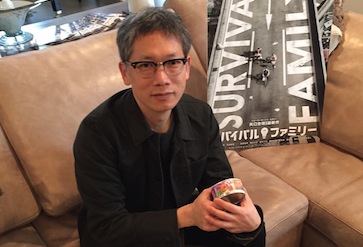Every year on New Years Eve at the Japanese Culture Center in Chicago, JCC members participate in Estsunengieko (crossing over to the new year practice). ?The evening begins with a through cleaning of the Center from top to bottom ((??? – oosoji). ?This symbolizes the idea of starting the next year purified and fresh, which would be very similar to the idea of Spring Cleaning.
This year following the cleaning, was the actual estunengieko (end of the year practice -??? ??). ?The practice began with entering the zendo (zen hall) and everyone participating in misogi (?) breathing practice, which is another form of purification in Japanese culture. ? With clear minds and spirits, everyone then sat zazen (??? – seated meditation) to calm and center themselves. ?An aikido (???) class followed the sit and everyone practices with full intention and sincerity.
Finally, following aikido came the bonenkai (????- celebration) which involved eating lots of rice cake (mochi -??), traditional Japanese New Years soup (oden -????), and noodles (soba -???). ?The eating of soba noodles is a custom of passing into the new year, as the noodles break easily, and hope ?symbolize good fortune and health.
We hope you enjoyed your New Year’s Eve, however, you were celebrating.
Happy New Years (????) !

Zendo (zen hall) at the Japanese Culture Center in Chicago on New Years Eve.

A traditional Japanese meal was prepared for New Years.










